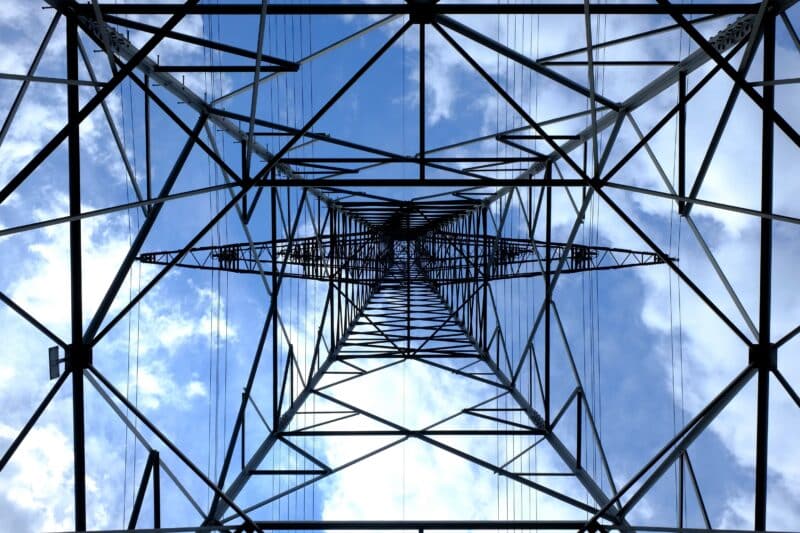On March 11th, a European Union regulation banning the use of fluorinated greenhouse gases (e.g., SF6) came into effect. In Poland, the energy sector has become accustomed to solutions using this type of gas. However, the industry across Europe needs to prepare for significant changes. According to Eaton company experts, the key to moving away from SF6 will be refining the guidelines related to the disposal of switchgear.
Sulfur hexafluoride (SF6) is a synthetic and extremely potent greenhouse gas that stays in the atmosphere for thousands of years. Each kilogram of this gas equates to over 25,000 kg of CO2 emissions. It is most commonly used as an insulator in switchgear, where about 2.5 kg of this gas can be used over 40-50 years of their operation.
Decision Made – The Polish Industry Must Adapt
In recent years, the European Union has debated introducing regulations to limit the impact of all types of fluorinated gases on the climate, including SF6. This process culminated on January 29, 2024, when the European Union Council announced the withdrawal of fluorinated gases from the European market. The new regulation was added to the EU Official Journal and came into effect on March 11. Now, member countries must implement this regulation at the national level.
In Poland – with some exceptions – SF6 has been the main insulating and switching agent used for medium tension, says Mariusz Hudyga, product manager at Eaton. This is primarily due to its wide availability, acceptable prices and the small size of the devices that use it. The electrical industry has gotten used to these solutions. The initial awareness stage about SF6’s harmfulness and its negative environmental impact was difficult. However, this is now changing, with growing understanding and interest in eco-friendly solutions.
What Do the New Regulations Mean in Practice?
The electrical industry has two years to implement the regulation. From January 2026, the use of SF6 in all new medium-voltage (≤24 kV) switchgear will be prohibited. Similar bans for higher voltage switchgear will be implemented in the following years: from 2030 for switchgear up to 52 kV and from 2032 for high voltage switchgear above 52 kV.
According to Hudyga, there is much to be done. We’re talking about modernizing and developing distribution and transmission networks to accommodate more energy from dispersed renewable sources. Alternatives to SF6 with identical electrical parameters have been available for a long time. Also, in Poland, there were users who consciously chose these alternatives.
Preparation for Change – Key for European (and Polish) Energy
After identifying equipment containing SF6 gas that needs to be replaced, it’s crucial to plan for the purchase of new equipment. Paying attention to technical specifications, cost, and balancing the pros and cons of SF6 alternatives can be instrumental. Additionally, the proper disposal of equipment containing SF6 needs to be addressed.
Transitioning to SF6-free solutions not only ensures compliance with EU regulations but also helps to accomplish sustainable development goals and reduces greenhouse gas emissions. The transition is especially significant for the electrical infrastructure supporting renewable technologies like solar or wind farms, as a primary role of renewables is to reduce all types of emissions.
Moving away from using SF6 in electrical switchgear is a key step toward making the energy industry more environmentally responsible. Gradually deploying new equipment based on alternative solutions using vacuum technology, for example, is not only a necessity but also an opportunity to accelerate Europe’s green future, concludes Hudyga.
